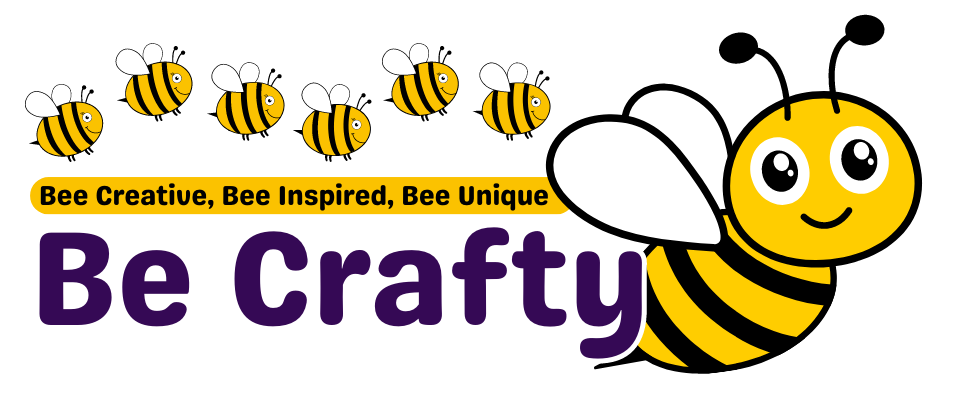Palette knife painting is an incredibly versatile and expressive art form that has been used for centuries by artists to create stunning, textured works of art. By using a palette knife instead of a brush, artists can apply paint in unique and experimental ways, resulting in bold and dynamic pieces. In this article, we will explore various techniques for applying paint with a palette knife, as well as some experimental painting methods to help you create your own masterpiece.
Basic Palette Knife Techniques
- Loading the Knife: To begin, scoop up a small amount of paint onto the edge or flat side of your palette knife. You can adjust the amount of paint depending on the desired thickness and texture of your application. Be sure to wipe off any excess paint from the knife before applying it to your canvas.
- Applying Paint: There are several ways to apply paint using a palette knife, including spreading, dabbing, and scraping. Experiment with these techniques to achieve different textures and effects:
- Spreading: Hold the knife at a slight angle to the canvas and gently spread the paint across the surface in a smooth, even motion. This technique is ideal for creating smooth backgrounds or blending colors together.
- Dabbing: Press the flat side of the knife onto the canvas and then lift it away quickly, leaving behind a small dab of paint. This technique is great for creating texture and depth in your painting.
- Scraping: Use the edge of the knife to scrape away paint from the canvas or to create thin lines and details. This technique can be used for adding highlights or fine details to your work.
- Blending Colors: Palette knives are excellent tools for mixing and blending colors directly on your canvas. Apply two different colors side by side and then use the edge or flat side of your knife to gently blend them together, creating a smooth gradient effect.
Experimental Painting Techniques
- Impasto: This technique involves applying thick layers of paint to the canvas, creating a three-dimensional, sculptural effect. Use the flat side of your palette knife to scoop up a large amount of paint and then apply it to the canvas in sweeping or dabbing motions. The result is a highly textured, raised surface that adds depth and dimension to your artwork.
- Sgraffito: In this technique, you will apply a layer of paint to your canvas and then use the edge of your palette knife to scratch away parts of the paint, revealing the underlying surface or color. This creates an interesting contrast between the top layer of paint and the exposed areas beneath.
- Dry Brushing: Instead of using a brush loaded with paint, use a dry palette knife to gently scrape paint across the surface of your canvas. This will create subtle, textured lines that can add depth and complexity to your painting.
- Stenciling: You can also use a palette knife for stenciling by applying paint through a stencil onto your canvas. Simply place your stencil on the canvas and use the flat side of the knife to spread paint over the stencil openings. Carefully lift away the stencil to reveal your design.
- Abstract Techniques: Let your creativity run wild by experimenting with abstract techniques using a palette knife. Try layering different colors, textures, and patterns to create a unique and expressive piece of art.
Palette knife painting is an exciting and innovative way to explore different techniques and create stunning works of art. By mastering these basic and experimental methods, you’ll be well on your way to developing your own signature style in palette knife painting.


